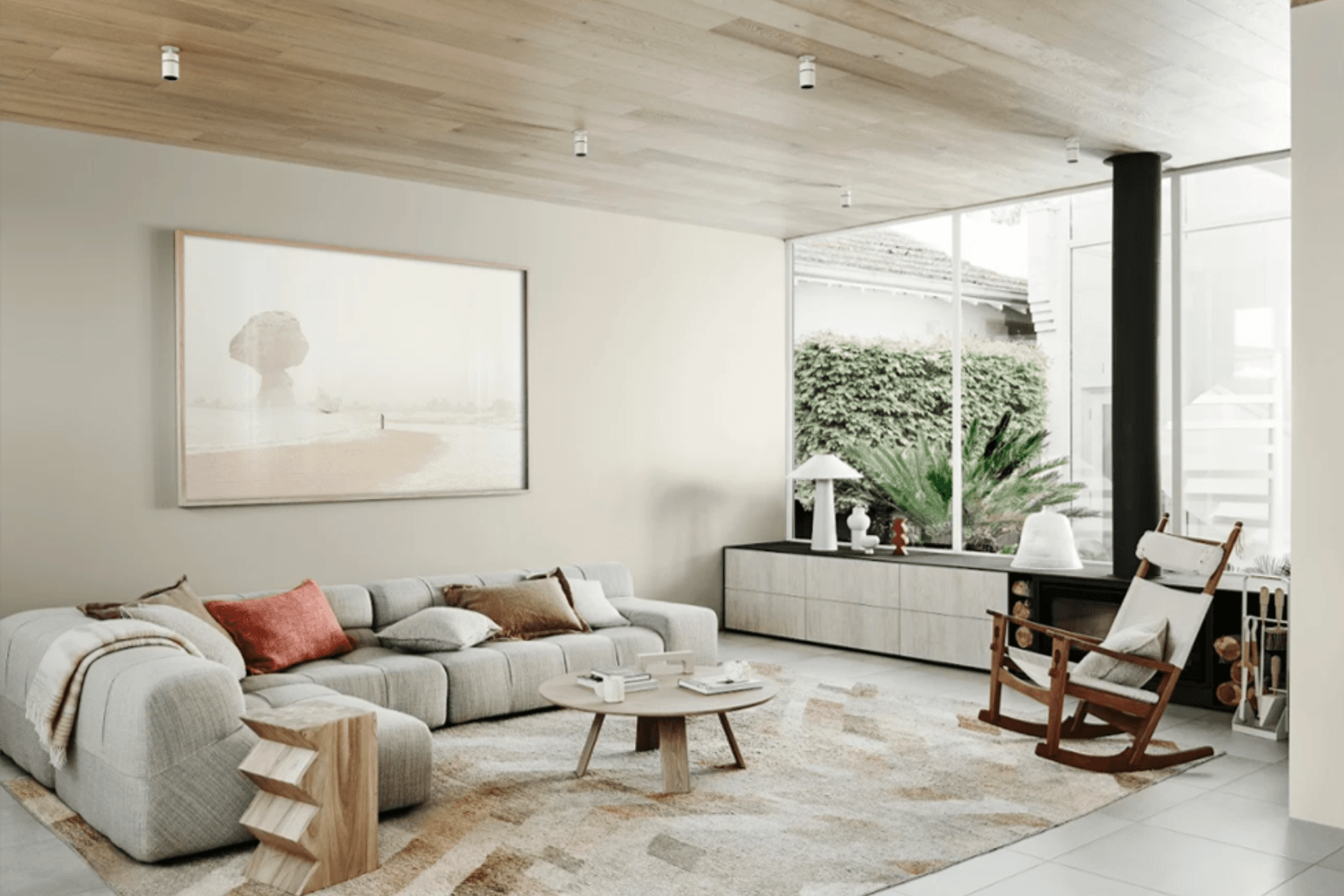A new era of sustainability in the coatings industry
Written by
16 February 2022
•
5 min read

In the last ten or so years, the concept of sustainability has morphed from a buzzword used chiefly by traditionally ‘green’ companies, into a value and an end-goal shared by many companies the world over — with some putting it at the very heart of their business.
With so many more minds focused on sustainability in a time of greater cognizance of climate change, it’s not just a value of businesses but many individuals too. And, increasingly, these individuals are demanding more of the businesses they frequent in terms of sustainability initiatives.
This is the case when it comes to Dulux, one of New Zealand’s biggest and most recognised brands. As a company specialising in paint and other coatings, which requires interaction with many different chemicals as well as specialised containers to control the quality of the paints, sustainability is one of Dulux’s key considerations as a business.
Heather Goode, the technical, quality and colour services manager at Dulux, says the drive to do better in this regard comes not just from its customers, but also its employees.
“Sustainable practises are at the heart of the Dulux business,” says Heather. “And it’s driven by our customers as well as our employees’ expectations — and happily, they align a lot.”
The coatings industry, of course, uses a variety of chemicals when manufacturing its products. There’s no getting around this; however, there are options to make the production process more eco-friendly than the traditional standard.
“It's a really key focus for us to make sure that the products that we use are not creating any harm — in the production, the use or in the disposal of those products,” says Heather.
Putting sustainability into practice
So how does Dulux do this? The business has a long history of continuous improvement in sustainability impacts. From championing industry-leading safety performance and minimising hazardous substances from our finished products to driving significant reductions in waste to landfill and contributing to our local communities, we’re focused on making a positive contribution and reducing our most significant sustainability impacts.
“We’re also looking more and more at the carbon footprint of materials that we use, and the waste generated,” says Heather.
She says the company does this sustainably by meeting the requirements of the ISO 14001 standard, which ensures that all waste streams are managed legally and to best practice. This includes wastewater, waste paint, waste packaging and other consumables.
But it’s not just the chemical make-up of Dulux’s products that it focuses its sustainability efforts on; the company also looks to the long-term sustainability of the substrates that its paint covers.
“A lot of our coating products are all about protection, durability, and extending the useful life of a building or a substrate,” says Heather. “This is done on exteriors by protecting the surface from UV, salt, and other climate issues; and interiors — making coatings that can be washed time and time again, keeping surfaces looking clean and fresh and protected for long periods of time.”
Preserving the useful life of the surfaces that Dulux’s coatings cover ultimately translates into a longer period between re-coating those surfaces — resulting in fewer resources used as well as a better-quality product.
“The whole category is about sustaining the built environment.”
GreenTag certified
Aside from its own in-house efforts to improve the long-term sustainability of its business and products, Dulux has also been recognised externally by a globally accredited third party: the Global GreenTag.
Global GreenTag is a third party eco labelling scheme that uses the principles of the UN’s sustainability goals to assess a company’s finished products and how they make them.
“It also requires a survey of the company’s suppliers of their raw materials and packaging to ensure that they are also meeting a number of sustainability requirements,” says Heather. “So that can be from their labour practises or their environmental history of chemical spills or breaches of regulation — right through to emissions of volatile organic compounds or use of other environmentally unfriendly chemicals.”
Dulux has earned the GreenTag accreditation on two of its flagship environmentally friendly products: Dulux Ultra Air, and Dulux EnvirO2.
The Ultra Air paint product has ultra-low chemical emissions, aimed at those who care about the level of chemicals emitted from a coating as it’s drying.
“This means that people who are living in their home while they paint, or wanting to sleep in the room after painting, can have a lot of confidence in the low level of emissions being generated,” says Heather.
Meanwhile, EnvirO2 has a very low level of volatile organic compounds (VOCs), which are harmful chemicals containing substances that vaporise at room temperature and enter the atmosphere. Despite its focus on reducing these VOCs, Heather says the quality of the product is maintained.
“EnvirO2 guarantees the easy to clean and eco-friendly performance that you’d expect from any other premium product range, while maintaining really low VOC results.”
Compromise not necessary
The lack of a discernible trade-off between reduced VOCs and quality of product is indicative of efforts Dulux has made in its wider business model. Heather says the strides made in research and development (R&D) processes have meant that both the company and its customers can enjoy better environmental outcomes without sacrificing the product’s integrity.
“I think that we've come a really long way — regarding both the resources from suppliers, and from research and development within the company that's been invested in sustainable developments,” says Heather.
“And so it’s really not true anymore that you have to compromise quality to get sustainability.”
Learn more about Dulux’s ranges and sustainability initiatives.

